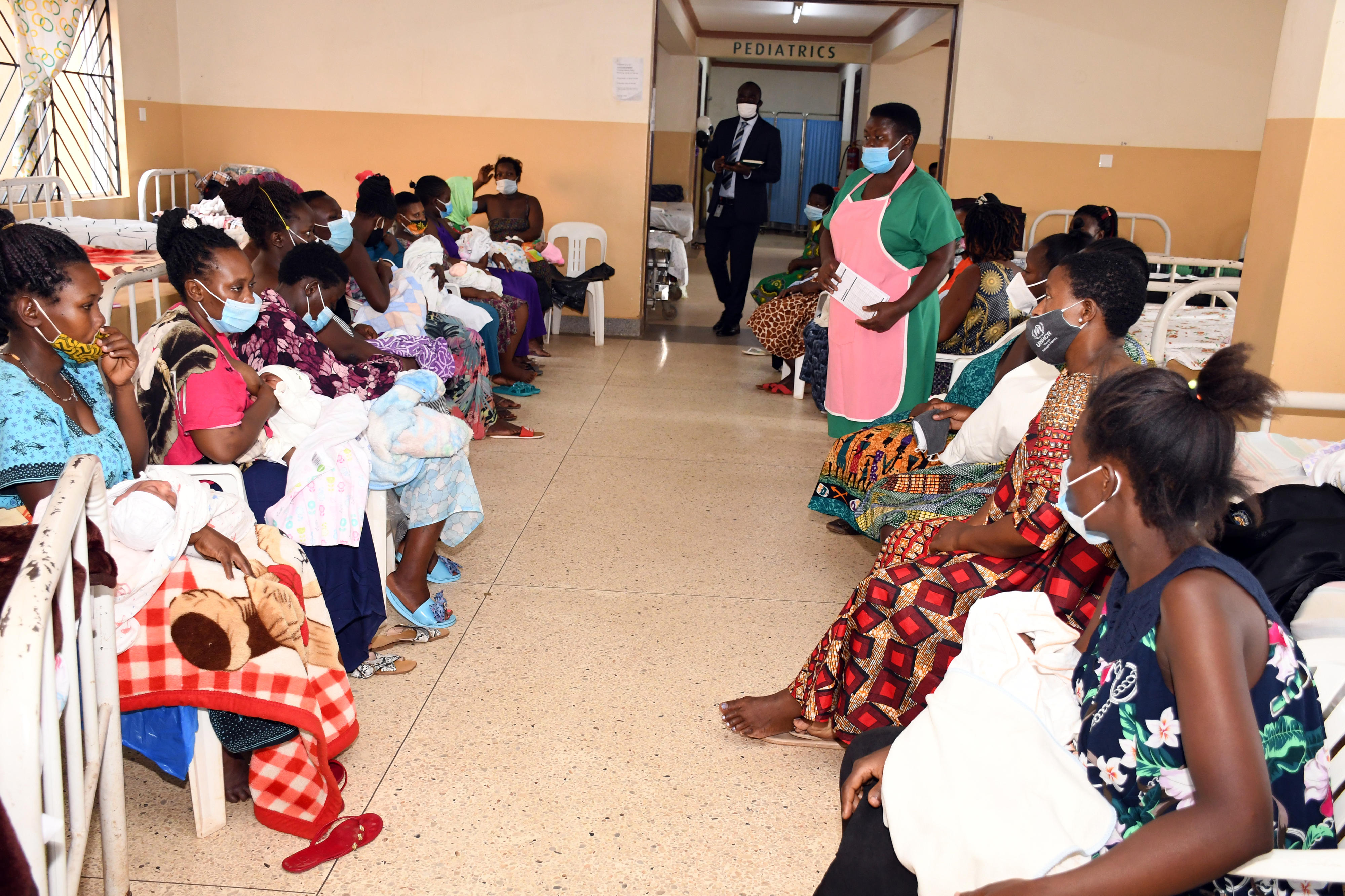Prime
How districts rank in HIV/Aids prevention
What you need to know:
- Results. Findings showed that the country’s national average on viral load suppression was 86 per cent.
Kampala. More HIV patients in eastern and northern districts are not following the routine of taking Antiretroviral drugs (ARVs), resulting in lesser viral load suppression in them than the national average.
Kween District in Sebei sub-region and Amudat in Karamoja, which ranked 16-24 percentage point lower than the national viral load suppression, have the highest numbers of non-compliant patients, according to findings of government survey.
The Uganda National Health Laboratory Services (UNHLS) in the Health ministry conducted the study in 2014 to August, this year, in at least 90 per cent of Uganda’s 126 districts.
Other poorly-ranked districts include Yumbe in West Nile, Kaabong in Karamoja, Bukwo in Sebei and Bulambuli and Manafwa in Bugisu sub-region as well as Dokolo in Lango, Buyende in Busoga and Sembabule in central Uganda.
The findings were released on Wednesday, with Masaka, Kyotera, Rakai in Buganda; Kampala, the capital; and, Mbarara, Rukungiri, Mitooma and Sheema in western Uganda ranked best.
“Some districts are not doing well, particularly [those with] fishing communities...this is because they are not taking their medication well,” Dr Isaac Ssewanyana, the director Lab Services at UNHLS, said.
Release of the study finding at the launch of a new HIV prevention strategy came less than a fortnight to the World Aids Day celebrations on December 1.
Health officials have as recent as last month claimed that Uganda is on course to achieve the 90-90-90 strategy; testing nine out of every 10 Ugandans, putting equal number who test positive immediately on ARVs and reducing viral load in those on treatment by 90 per cent.
Dr Ssewanyana said Uganda’s national average on viral load suppression was 86 per cent, but reluctance or failure by patients to adhere to routine medication had made majority districts in eastern Uganda unable to meet targets.
“We should now empower health workers in those districts to ensure that they follow up on all people who have tested positive to ensure that they adhere to their treatment,” he said.
This approach, according to officials in best-performing districts, has worked well for them.
“We have our community health workers we have appointed in different areas in Kampala whom we have assigned to follow up patients who have tested positive,” Mr Daniel Okello, the Kampala Capital City Authority director for Health, said.
For patients within metropolitan Kampala, who pick Aids drugs from City Hall-run facilities, Dr Okello said they liaise with respective district authorities to follow on compliance, resulting in marked suppression.
Mr Jude Mbabaali, the chairman of Masaka, the best-ranked district in Uganda, said bringing all stakeholders under one umbrella and taking joint decisions had helped them succeed.
“We also have the Village Health Teams who reach the patients at the grassroot where health officials cannot and they ensure [the] patients are on treatment and taking the right quantities, [timely],” he said by telephone yesterday.
Poorly ranked districts, however, posted differing reasons. For instance, Yumbe District chairperson Yasin Taban said patients in the area are unable to comply with medication routine because of regular stock-out of ARVs at government health facilities.
“If they miss taking the drugs, the medicines [become] ineffective,” he said.
Mr Taban implored the government to establish a structured way to follow up Aids patients on treatment, deliver ARVs on time and support patients unable to feed themselves.
According to Dr Ssewanyana, viral load suppression among children is low, at 65 per cent, because parents too don’t follow the medication routine.
At boarding schools, he said, teasing by colleague students and stigma discourage HIV-positive students from taking drugs on time and some abandon the ARVs altogether.
Dr Nelson Musoba, the director-general of the Uganda Aids Commission, said that they have been putting more emphasis at the national level rather than engaging the communities that are end-users of HIV-Aids-related services.
A new blue-print to be executed through community engagement, he said, is expected to slash the rate of new annual infections from 50,000 to 10,000.
“This is about us achieving 75 per cent reduction in HIV infections by 2020 [and] it also looks at the gaps of ensuring that we are not only looking at the national level, but go down to engage local community who are utilising resources, show them the money available for the medication in terms of accountability so that as we go for it (policy implementation), we go with them,” Dr Musoba said.
As of 2017, the government estimated that 1.3 million Ugandans were living with HIV/Aids and 26,000 die each year.


